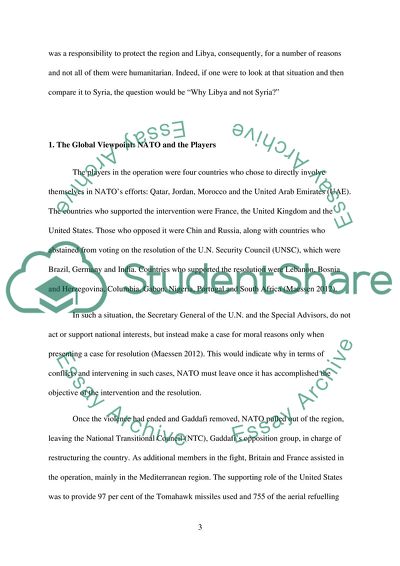Cite this document
(International Relations Theories - Liberalism and Realism NATO and the Case Study - 4, n.d.)
International Relations Theories - Liberalism and Realism NATO and the Case Study - 4. https://studentshare.org/politics/1801923-international-relations
International Relations Theories - Liberalism and Realism NATO and the Case Study - 4. https://studentshare.org/politics/1801923-international-relations
(International Relations Theories - Liberalism and Realism NATO and the Case Study - 4)
International Relations Theories - Liberalism and Realism NATO and the Case Study - 4. https://studentshare.org/politics/1801923-international-relations.
International Relations Theories - Liberalism and Realism NATO and the Case Study - 4. https://studentshare.org/politics/1801923-international-relations.
“International Relations Theories - Liberalism and Realism NATO and the Case Study - 4”. https://studentshare.org/politics/1801923-international-relations.


